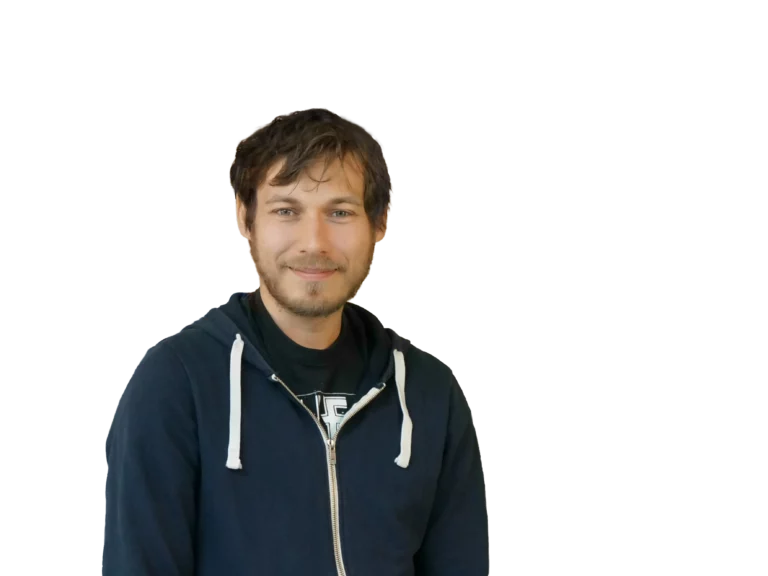Markus Fritscher, Simranjeet Singh, Tommaso Rizzi, Andrea Baroni, Daniel Reiser, Maen Mallah, David Hartmann, Ankit Bende, Tim Kempen, Max Uhlmann, Gerhard Kahmen, Dietmar Fey, Vikas Rana, Stephan Menzel, Marc Reichenbach, Milos Krstic, Farhad Merchant, Christian Wenger
Sci Rep 14, 23695 (2024), 10 October 2024













